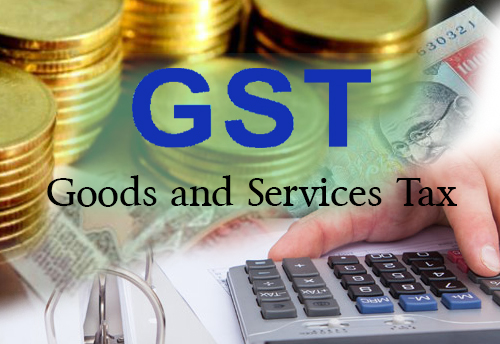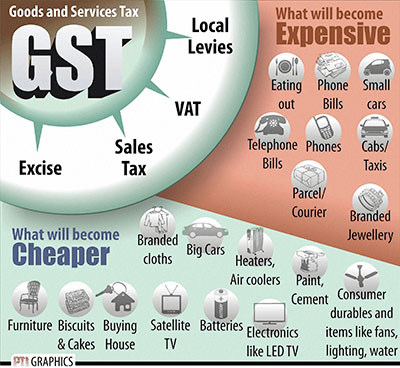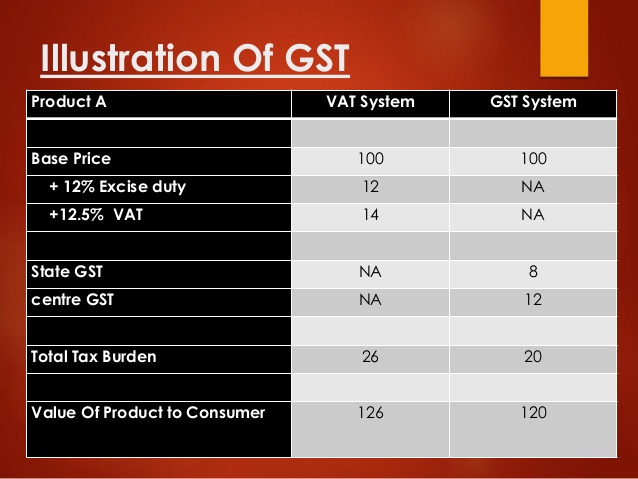
WHAT IS GST?
GST i.e.Goods and Service Tax is a unified tax that replaces several indirect taxesleviedby the Central Government and the State Government(s)....
Read more
4/2012-Cus, Dated: 17/02/2012
Clarification regarding adoption of uniform Customs Procedure for calculating the contents of Iron Ore
CIRCULAR NO. 04/2012-Cus F. No. 450/93/2011-Cus.IV New Delhi, 17th February, 2012 ToAll Chief Commissioners of Customs, All Chief Commissioners of Central Excise, All Director Generals/Chief Departmental Representatives (CESTAT), All Commissioners of Customs, All Commissioners of Central Excise and All Commissioners of Central Excise & Customs Sir/Madam, Subject: Adoption of uniform Customs Procedure for calculating the contents of Iron Ore – clarification regarding. Several references have been received in the Board highlighting divergent practices for calculation of iron contents from Iron Ore being followed at different Ports for charging Export duty. In this regard two types of calculation methods are being followed i.e. on the basis of Wet Metric Ton (WMT) and other on the basis of Dry Metric Ton (DMT). Yours faithfully, |

GST i.e.Goods and Service Tax is a unified tax that replaces several indirect taxesleviedby the Central Government and the State Government(s)....
Read more
In pre-GST regime, goodswere liable to: (i) Excise Duty- on manufacture of goods; (ii) VAT/CST- on sale of goods; (iii) Entry tax- on ...
Read more
GST is levied on every taxable person. Taxable person means a person who carries on any business at any place in India. Such . ..
Read more
GST is a unified tax which is levied on: (i) goods; (ii) services and (iii) a mix of goods and/or services. Any supply of goods or services . .. ...
Read moreGST India Solution is an effort of firm of professionals who welcome implementation of GST. This is an interactiveplatformthat aspires to disseminate right knowledge to professionals, practitioners and public at large. This platform has beenfloatedbya firm of Chartered Accountants relentlessly working in field of direct and indirect taxes since early 1985.
READ MORE
Our core competence is statutory compliance, advisory, corporate tax planning and appellate matters of direct and indirect taxesandcorporate training sessions on GST.
The senior partner of the firm has to his credit several professional publications viz., Delhi Sales Tax Right to Use Goods Act, Delhi VAT, Maharashtra VAT, West Bengal VAT, Haryana VAT published by Taxmann. Madhya Pradesh VAT and Chhattisgarh VAT were published by Suvidha Law House, Bhopal. He has also addressed seminars on indirect taxes organized by professional bodies like ICAI, IMA, NIFM etc. and has also contributed articles on subjects of pro. . . . .